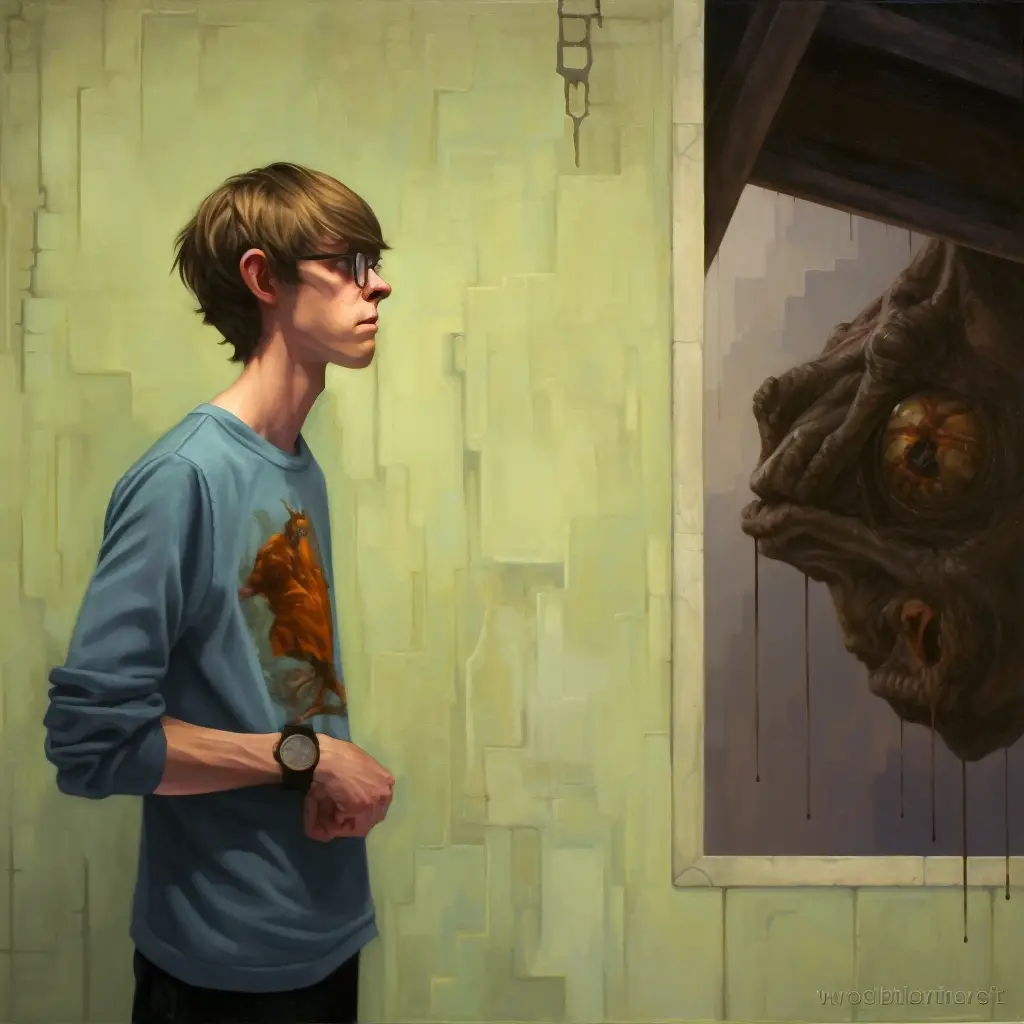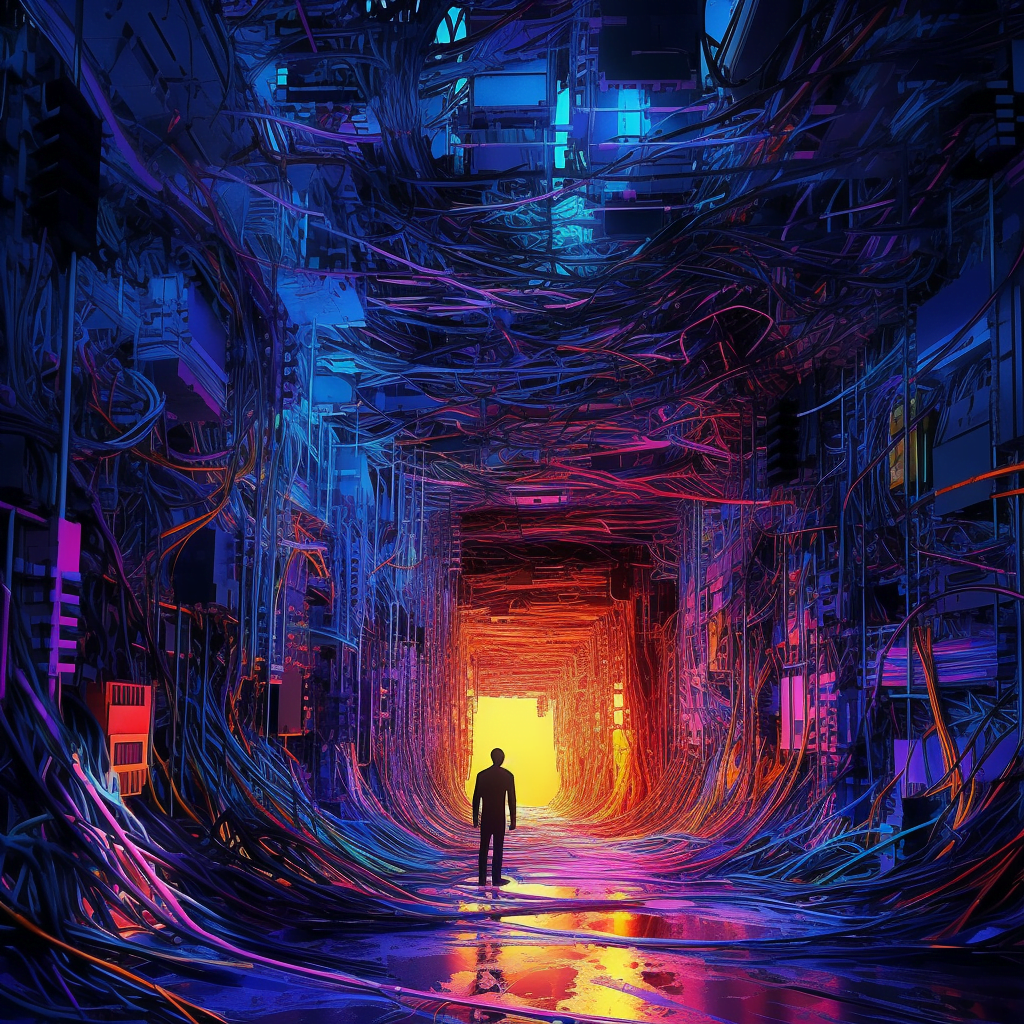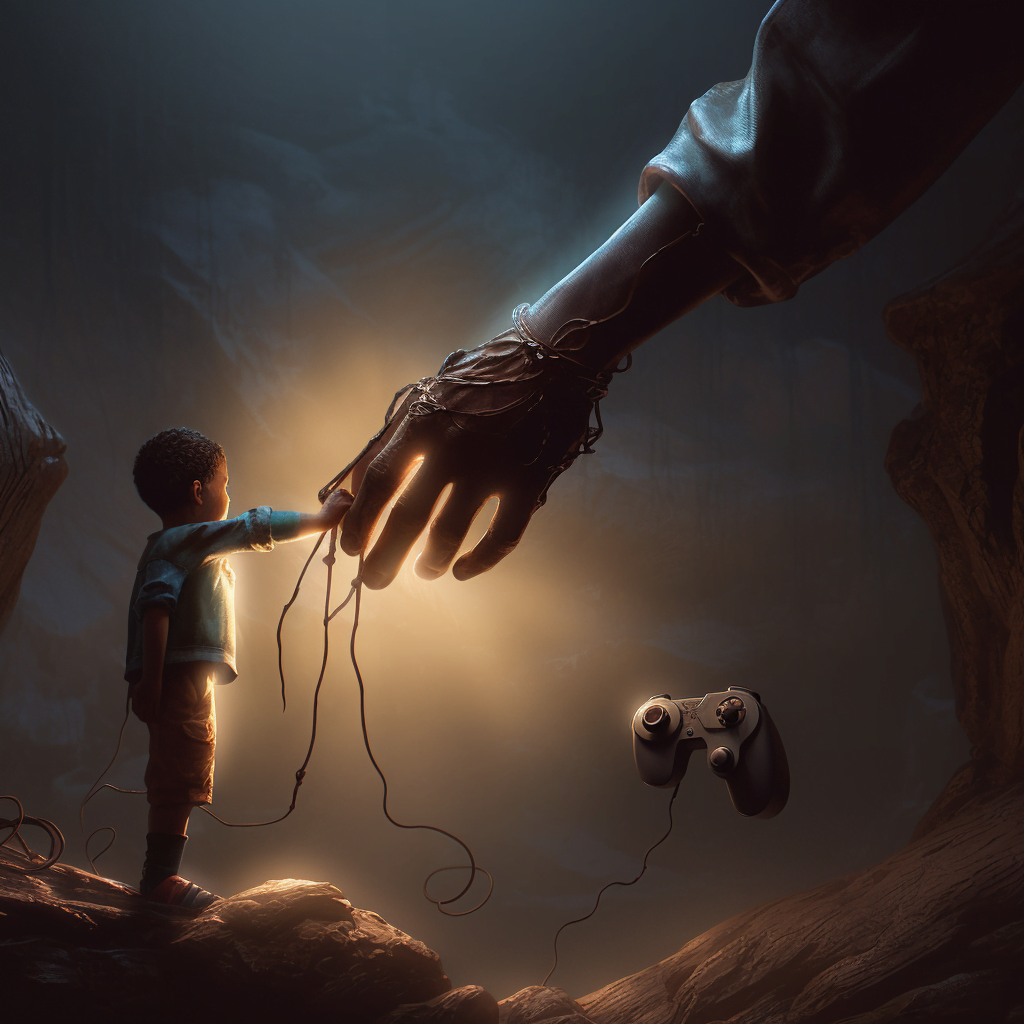
Imagine the dynamics of a painter continuously striving to perfect their artistry, employing an art critic friend to review their daily creations and provide constructive feedback. The painter uses these insights to enhance their subsequent pieces until their work is virtually indistinguishable from a photograph.
This analogy encapsulates the essence of what a Generative Adversarial Network (GAN) is – an advanced artificial intelligence (AI) system that learns to create data so realistic it’s nearly impossible to distinguish from the original.
You probably heard of Midjourney or Dall-E, right? Well, some of these advanced AI image generating software use GAN as a way to make incredible mind-blowing images in under one minute. It’s truly an amazing process!
So, with that in mind, let’s learn all about how generative adversarial networks actually work and what they’re used for.
Understanding the GAN Architecture
To comprehend the inner workings of GANs, we need to understand each component of the term.
- The word ‘generative’ refers to the network’s ability to create new, previously unseen data.
- ‘Adversarial’ signifies the competitive aspect, a core dynamic intrinsic to GANs.
- ‘Network’ indicates that this system is a type of neural network, inspired by the way the human brain works.
GANs consist of two primary components — a generator and a discriminator — reminiscent of our painter and critic duo.
The ‘Generator’ is the eager artist in our analogy. It takes in random noise as input and transforms it into a data output. For instance, if we’re dealing with image generation, it creates a new image that hasn’t been seen before.
The ‘Discriminator’, on the other hand, is our discerning art critic. It reviews the output of the generator, determining whether the generated data is real (part of the original dataset) or fake (created by the generator). The discriminator, therefore, serves as a stern evaluator, teaching the generator to improve its creations.
The Training Process of GAN

Training a GAN is akin to an intense championship chess game, where every move counts, and every decision leads to either triumph or learning.
In the beginning, the generator, or the novice chess player, makes rudimentary moves – it produces low-quality, ‘obviously fake’ data. The discriminator, acting as the experienced chess opponent, recognizes these naïve strategies with ease and sends feedback to the generator about the ‘fakeness’ of its data.
Just as a chess player scrutinizes their past games to pinpoint their missteps, the generator carefully studies this feedback. It learns about its own shortcomings and slowly starts to refine its data-creating capabilities, producing progressively better, more believable data.
The generator and discriminator continue their competitive yet symbiotic relationship, pushing each other to learn, adapt, and improve.
Eventually, the generator reaches a level of sophistication where it creates data almost indistinguishable from the real dataset. It’s like the novice chess player growing into a Grandmaster, their moves so expertly crafted that the opponent has to exert significant effort to counter them.
Similarly, the discriminator has a hard time differentiating between real and fake data, indicating that the generator has truly mastered its craft.
Applications of GANs
The realm of GAN applications is vast and continually expanding, a testament to the impressive capabilities of these networks. In the world of art and design, GANs have become invaluable tools, enabling artists to generate novel, intricate designs or transform pixelated, low-resolution images into clear, high-resolution masterpieces.
It’s as if artists have been given a magical brush that can paint pictures from their wildest imaginations.
In the film industry, GANs serve as digital wizards, capable of conjuring realistic special effects and even creating entirely digital characters that can express a wide range of human emotions. They can turn a script into a detailed storyboard or change the weather in a scene, all with remarkable believability.
Think of GANs as the ultimate method actors who never miss a beat, never forget a line, and never tire.
Furthermore, GANs are revolutionizing healthcare. They are used to generate synthetic medical data that closely mirrors real-world data but without the privacy concerns, serving as a valuable resource for medical research. Imagine having an inexhaustible supply of patient cases to study, without any actual patient’s privacy being at risk. They also aid in drug discovery by generating potential chemical compounds and predicting their efficacy. GANs can even simulate the progression of a disease within a patient, offering invaluable insights to healthcare providers and researchers.
They are the virtual doctors and nurses, working tirelessly behind the scenes to enhance our understanding of diseases and expedite the discovery of new treatments.
GANs have a growing influence in numerous fields, transforming how we create, understand, and innovate. They are the skilled painters and discerning critics, the seasoned chess players, and the innovative doctors, all rolled into one incredible technology.
With all this talk of artificial intelligence and generative adversarial networks, let’s just hope they’re continually used for the betterment of humankind and not the opposite!




